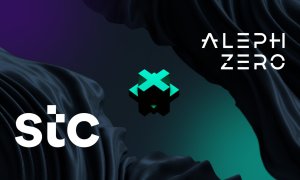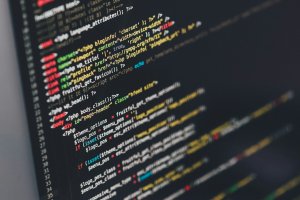TRON power consumption is 99.9% less than Bitcoin, emits the least carbon
TRON has the lowest electricity consumption, and consequently, the least carbon emission per year amongst all major blockchains and crypto projects, according to a report from the Crypto Carbon Ratings Institute (CCRI).

The research group, which is focused on lowering carbon emissions for crypto projects, looked at several networks that use different consensus mechanisms to compare where they stood in terms of electricity consumption.
As it turns out, TRON had a yearly energy consumption of only 162,868 kWh – 99.9% less than the power consumed by Bitcoin and Ethereum.
The CCRI also found that TRON network consumes energy equal to 15 average US households. That compares to less environmentally friendly blockchains like Bitcoin and Ethereum which consume energy each year equivalent to 8.5 million and 1.6 million households, respectively.
The report goes further, also asserting that TRON still outperforms even when compared to eco-friendly blockchains such as Solana, Cardano, Algorand, and Avalanche. The blockchain network has a carbon footprint of only 69.47 tCO2e.
When assessing the economic value on each platform, the CCRI says blockchains that consume high amounts of energy often claim to ensure safety, security, and reliability within their ecosystems. Not surprisingly though, hackers regularly take advantage of vulnerabilities exposed on these networks due to reliability issues.
“The growing amount of energy that modern-day Blockchains are using is not sustainable in the long term for users or economies at scale. The best networks are the ones that can promote decentralization while keeping their carbon footprint low in order to help lead the world into a greener future,” said H.E. Justin Sun, founder of TRON.
“Our measurements have shown that the TRON network’s electricity consumption and carbon footprint are among the lowest in the peer group. Furthermore, transparency on node locations allowed us to produce an estimate with higher accuracy compared to previous studies,” added Uli Gallersdörfer, co-founder and CEO of CCRI.
The research study’s findings were based on a dizzying number of metrics and conditions. These included each blockchain’s hardware requirements, the electricity usage of each node, network electricity consumption, and extra information such as transaction data.
Traditionally, blockchains tend to be either Proof-of-Work (PoW), such as the one that underpins Bitcoin, or Proof-of-Stake (PoS), which only requires validators to lock in funds for a specific period of time. Ethereum also uses Proof of Work, which needs computational power to solve mining puzzles to secure the network, though it’s undergoing upgrades that will convert it to Proof of Stake.
Cryptocurrency energy consumption has been one of the main concerns due to their impact on the environment. In 2021, for example, Elon Musk revoked his decision to allow customers to buy Tesla cars using Bitcoin, citing environmental concerns. At the time, he added that Tesla would accept Bitcoin again only if the crypto giant became more eco-friendly.









